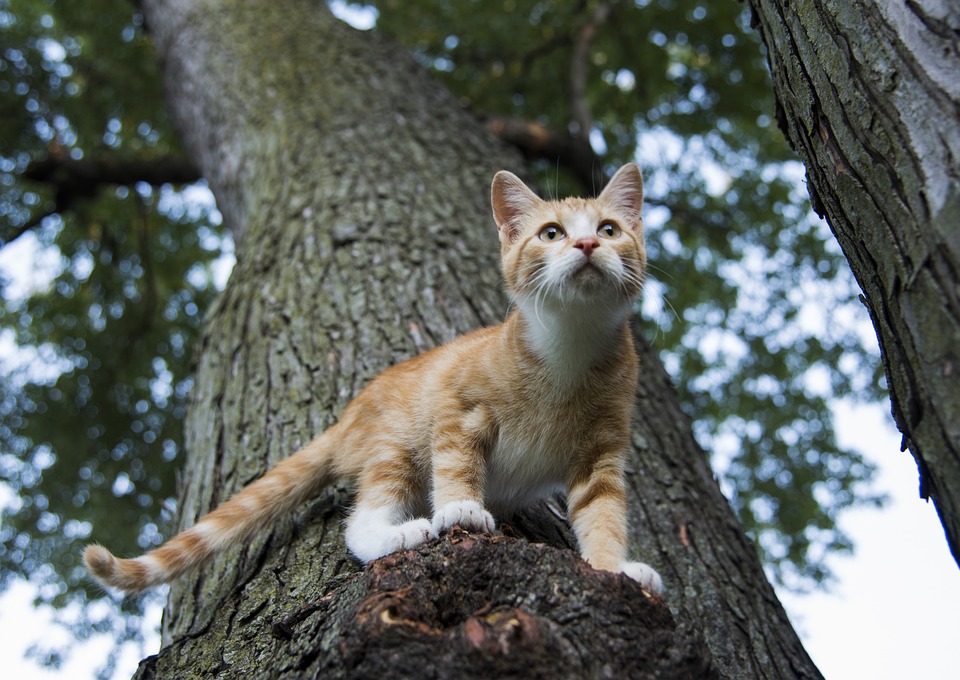Title: How to Train Cats to Use a Designated Litter Box: A Comprehensive Guide
Subtitle: Effective Strategies and FAQs for Successful Cat Litter Training
Introduction:
– Understanding the importance of litter box training: Proper litter box training is crucial for maintaining a clean and healthy environment for both cats and their owners.
– Exploring the benefits of a designated litter box area: Designating a specific area for the litter box helps cats establish a routine and reduces the chance of accidents or inappropriate elimination.
I. Setting Up the Perfect Litter Box Environment
A. Choosing the right litter box
1. Size and accessibility considerations: Select a litter box that allows your cat to comfortably enter, turn around, and dig.
2. Hooded vs. open litter boxes: Consider your cat’s preferences and the potential for odor containment.
3. Multiple cats and multi-tiered boxes: Provide one litter box per cat and consider multi-tiered boxes to accommodate multiple cats.
B. Selecting the ideal litter substrate
1. Types of litter: Choose between clumping, non-clumping, natural, or alternative litters based on your cat’s needs and your personal preferences.
2. Texture preferences for cats: Experiment with different litter textures to find the one your cat prefers.
3. Avoiding scented or perfumed litter: Cats have a sensitive sense of smell, so opt for unscented litter to avoid potential aversions.
C. Optimal litter box placement
1. Location and privacy: Place the litter box in a quiet and easily accessible area, away from areas with high foot traffic or noise.
2. Avoiding high-traffic areas or noisy spots: Cats prefer a peaceful environment when using the litter box.
3. Accessibility for elderly or disabled cats: Ensure that the litter box is easily accessible for cats with mobility issues.
II. Gradual Litter Box Introduction
A. Acclimating your cat to the litter box
1. Familiarizing your cat with the new litter box: Introduce the litter box gradually, allowing your cat to explore and become comfortable with it.
2. Encouraging exploration and positive associations: Use toys, treats, or catnip to create a positive association with the litter box.
3. Using treats and praise as positive reinforcement: Reward your cat with treats or praise when they use the litter box correctly.
B. Monitoring and managing litter box usage
1. Keeping a close eye on your cat’s behavior: Observe your cat’s litter box habits and look for any signs of aversion or discomfort.
2. Recognizing signs of litter box aversion or discomfort: Changes in litter box behavior may indicate underlying issues that need to be addressed.
3. Addressing issues promptly to prevent regression: Respond to any litter box problems immediately to prevent them from becoming ongoing issues.
III. Training Techniques for Successful Litter Box Usage
A. Positive reinforcement training methods
1. Rewarding desired behaviors with treats or praise: Reinforce positive litter box behaviors with rewards to encourage repetition.
2. Clicker training for litter box association: Use a clicker to associate the sound with successful litter box usage.
3. Establishing a consistent routine and schedule: Create a regular routine for feeding, playtime, and litter box usage to establish good habits.
B. Addressing litter box aversion
1. Identifying potential causes of aversion: Investigate possible reasons for litter box aversion, such as litter type, location, or cleanliness.
2. Gradually resolving issues through desensitization: Introduce changes slowly and patiently to help your cat overcome any aversions.
3. Seeking professional advice if necessary: If litter box aversion persists, consult a veterinarian or animal behaviorist for further guidance.
IV. Frequently Asked Questions (FAQs)
A. Q: How long does it take to train a cat to use a litter box?
– Discussing the variable timeframes for successful training: Training duration can vary depending on the cat’s personality and previous experiences.
– Emphasizing the importance of patience and consistency: Consistency and positive reinforcement are key for successful litter box training.
B. Q: Can I use multiple litter boxes for multiple cats?
– Explaining the benefits of providing individual litter boxes: Multiple litter boxes reduce competition and stress among cats.
– Guidelines for creating a harmonious litter box environment: Proper placement and regular cleaning of individual litter boxes promote a peaceful coexistence.
C. Q: What if my cat refuses to use the litter box consistently?
– Offering troubleshooting tips for persistent litter box issues: Addressing potential causes, such as stress or medical conditions, and implementing appropriate solutions.
– Suggesting possible reasons and potential solutions: Litter box aversion can stem from various factors, including location, cleanliness, or litter preferences.
D. Q: Is it possible to retrain an adult cat to use a litter box?
– Providing insights into retraining techniques for adult cats: Reinforcing positive behaviors and addressing any underlying issues through gradual reintroduction.
– Highlighting the importance of identifying and addressing underlying causes: Understanding the root cause of the litter box aversion helps in implementing effective solutions.
Conclusion:
– Summarizing the key points of successful litter box training: Choosing the right litter box, substrate, and location, along with gradual introduction and positive reinforcement, are essential for successful litter box training.
– Encouraging patience, consistency, and positive reinforcement for long-term success: Litter box training requires time, effort, and a positive approach to establish good habits and maintain a clean and stress-free environment for both cats and owners.








